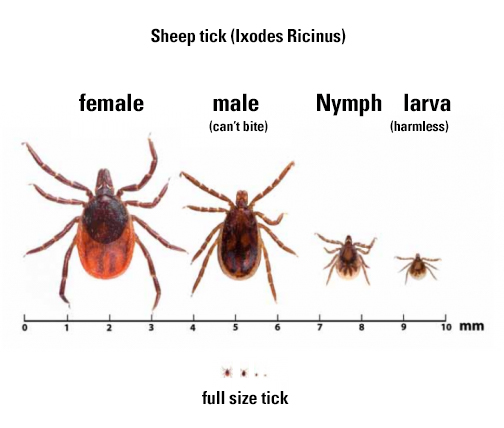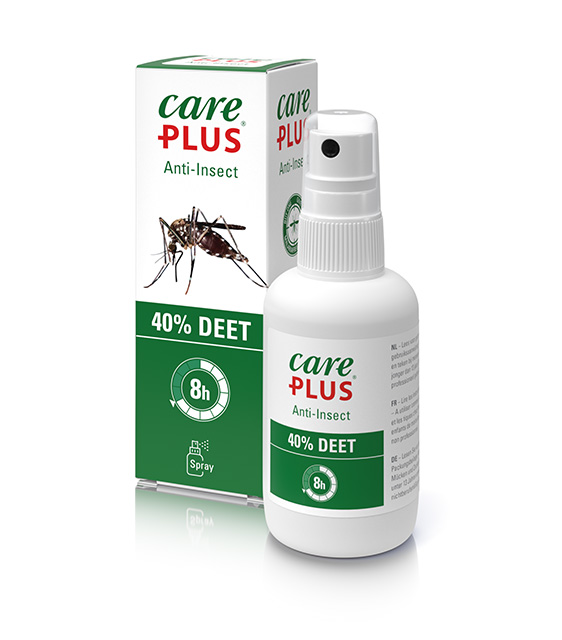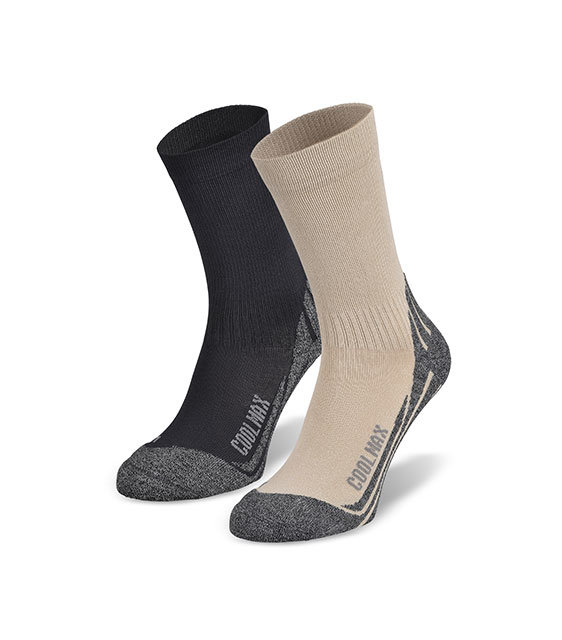Don’t let them bite you. Protect yourself against ticks!
The risk of being bitten by a tick is highest between March and October. Ticks become active as soon as the temperature rises above 7 degrees Celsius. The risk of being bitten by a tick in the autumn or winter is very small. Unfortunately, ticks do reappear during early autumn or mild winter days. A mild winter can cause the number of ticks in spring to increase and with it, the risk of a tick bite. Be alert as soon as temperatures rise and you’re going outside.
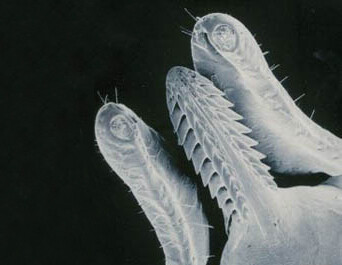
What are ticks?
Ticks are spider-like parasites and almost invisible to the naked eye. They survive by feeding on blood from animal and human 'hosts’.
This parasite is incredibly small and attaches itself with little hooks and pierces the skin with a hypostome (drill-like organ). At that moment, the tick is well and truly attached: you will not be able to remove it without using a special tool. It can be dangerous to remove a tick the wrong way: the tick can release its infection in your skin when being removed in the wrong manner. Therefore, always remove a tick with a special tick remover. This reduces the risk of infection, such as Lyme disease.
You usually don’t discover a tick until it has attached itself to your skin and gorged itself on blood. Check yourself for ticks after being in grass, bushes or heathland.
Don’t let them bite you. Protect yourself against ticks!
The danger comes from below
Because the tick comes from below, from bushes, grass and heathland, it is important to protect your feet. It is best to tuck your trousers in your socks. You can do this with regular socks, although ticks will still climb up looking for a place to bite. A better choice is to wear socks impregnated with permethrin. This substance is an insecticide that repels the tick and is harmless to humans. Care Plus® Bugsox are an example of impregnated socks. Ticks don’t get a chance to climb up and bite into the skin. As soon as they come into contact with the socks, they will let go.
Prevention is better than cure
Prevention of a tick bite is better than a cure. With warmer temperatures, ticks start to appear. So thinking about prevention on time is necessary. A tick can be infected with the Borrelia bacteria which can cause Lyme disease. Fortunately, there are plenty of ways to enjoy the outdoors without having to worry.
Ticks are very strong and can survive for a long time. The first advice is to stay on the paths, tuck your trousers in your socks and to always carry out a thorough tick check when you get home. To be really safe and free of worries when going outdoors, there are a number of things you can do. We recommend using Anti-Insect DEET, a powerful mosquito and tick repellent. Depending on the chosen concentration, DEET protects against ticks between 3 to 5 hours.
Our tips at a glance:
- Stay on paths and avoid tall grass and bushes.
- Wear light clothing with long sleeves.
- Tuck your trousers in your socks.
- Wear tick-repellent socks.
- Apply insect repellent to your skin like Anti-Insect Natural or Anti-Insect DEET.
- Check yourself and each other for ticks after being outdoors.
Do you suffer from ticks in your garden? Then a chicken is also a good solution. Chickens peck the ticks from the grass. You can also mow the grass really short. Ticks don’t like that.
Importance of preventing a tick bite
Why is it so important to prevent a tick bite? A tick can transmit the Borrelia bacteria which can cause Lyme disease – especially when there is a long time between the bite and treatment. Because a tick bite doesn’t hurt, doesn’t cause a lump or itch and is difficult to recognize, it’s important to prevent tick bites. In addition, diagnosing Lyme disease is tricky because symptoms vary greatly from person to person and from time to time. Symptoms also resemble other diseases, such as MS.
FSME is a viral infection that can be transmitted by a tick bite too. The virus is transmitted to a person immediately after a bite. Infection cannot be prevented. Unlike Lyme disease, there is a vaccine for this. The disease frequently occurs in European holiday destinations, particularly east of France until Russia. Vaccination is highly recommended if you’re traveling to one of the risk areas and spend a lot of time outdoors in nature.
Anti-Insect DEET
Care Plus® DEET is the strongest insect repellent for the skin. DEET is suitable for all destinations, both far away and closer to home.
Bugsox
Optimal protection for your feet, ankles and lower legs? That’s what our impregnated Bugsox provide.
Removing ticks
Have you been bitten by a tick? Time to do something about it! Ticks are barely visible when they walk on your skin or when they’ve just bitten you. It can be dangerous to remove a tick the wrong way because the tick can transmit its infection while being removed in the wrong way. Always remove a tick, within 8 hours, with a special tick remover. This reduces the risk of infection, such as Lyme disease.
With special tick pincers, tick spoon or tick lasso you can remove ticks safely. Without such tools, it’s an impossible task. You can’t remove the entire tick with your nails. Other tools, like tweezers, are not accurate enough to remove the parasite from the skin.
Remove the tick with the right tool as quickly as possible after the bite: there is a minimal risk of infection when you remove the tick within eight hours after a tick bite. Record the date and the location of the bite when you removed the tick. Keep an eye on the affected area over the course of three months: skin coloration and other symptoms of Lyme disease may still occur after a few weeks or months. A red circle around the area of the bite, called Erythema Migrans, indicates this disease. This only occurs in 50% of infections.

When do I consult my general practitioner?
Even when you have safely removed the tick, symptoms may still occur. Always keep an eye on the area of the bite and the skin around it. Should a red circle appear after having removed the tick, contact your general practitioner immediately for a course of antibiotics. The quicker you get to it, the higher the chances of preventing infection.
Symptoms may still occur without having a red circle on your skin. If you are experiencing flu-like symptoms, such as muscle ache and/or fever, consult your doctor. It is better to be safe than sorry in case of a tick bite.
In some cases, skin problems, nervous complaints and heart problems may occur. You may also experience joint pain. This may happen if the infection has not been adequately treated in the first stage, or can be a manifestation of the first stage of Lyme disease. Not everyone has the same symptoms and complaints don’t all develop at the same time. If in doubt, always see your GP when you have any of the above symptoms.
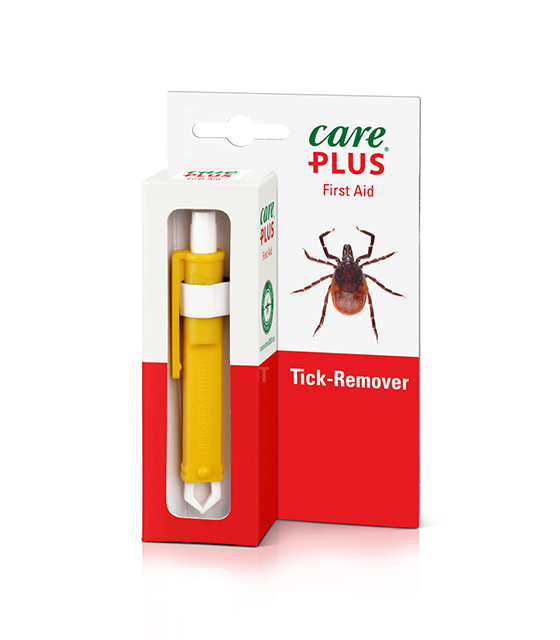
Tick Remover
Remove the tick with ease, within 8 hours, with our Tick Remover.
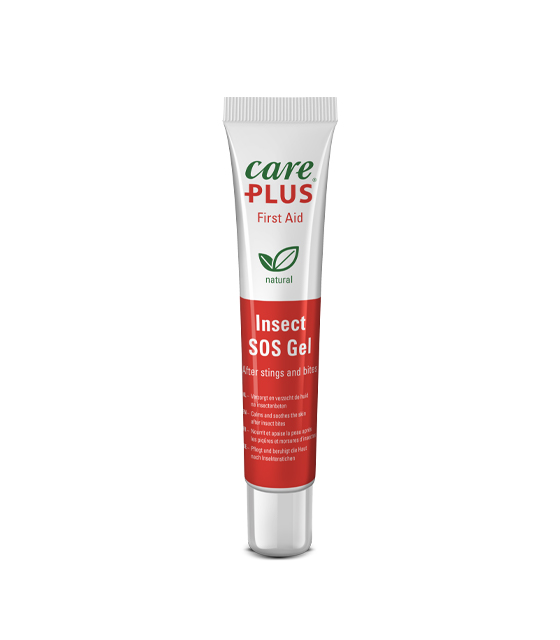
Insect SOS Gel
Ease the pain of a bite with Insect SOS Gel.
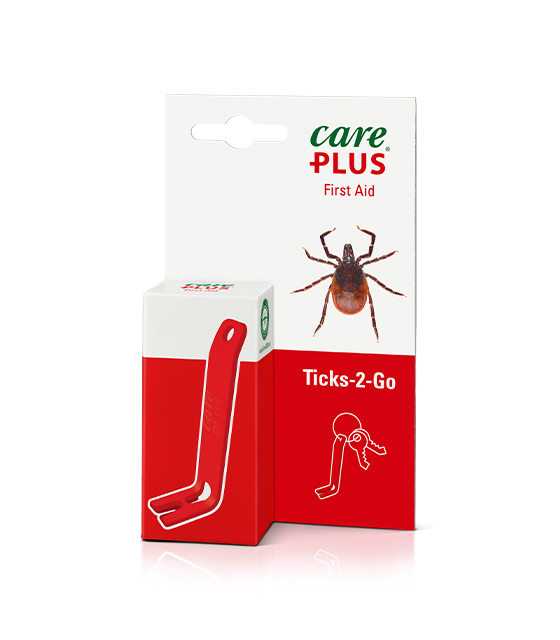
Ticks-2-Go
Handy for your keychain: the Ticks-2-Go tick pincers.
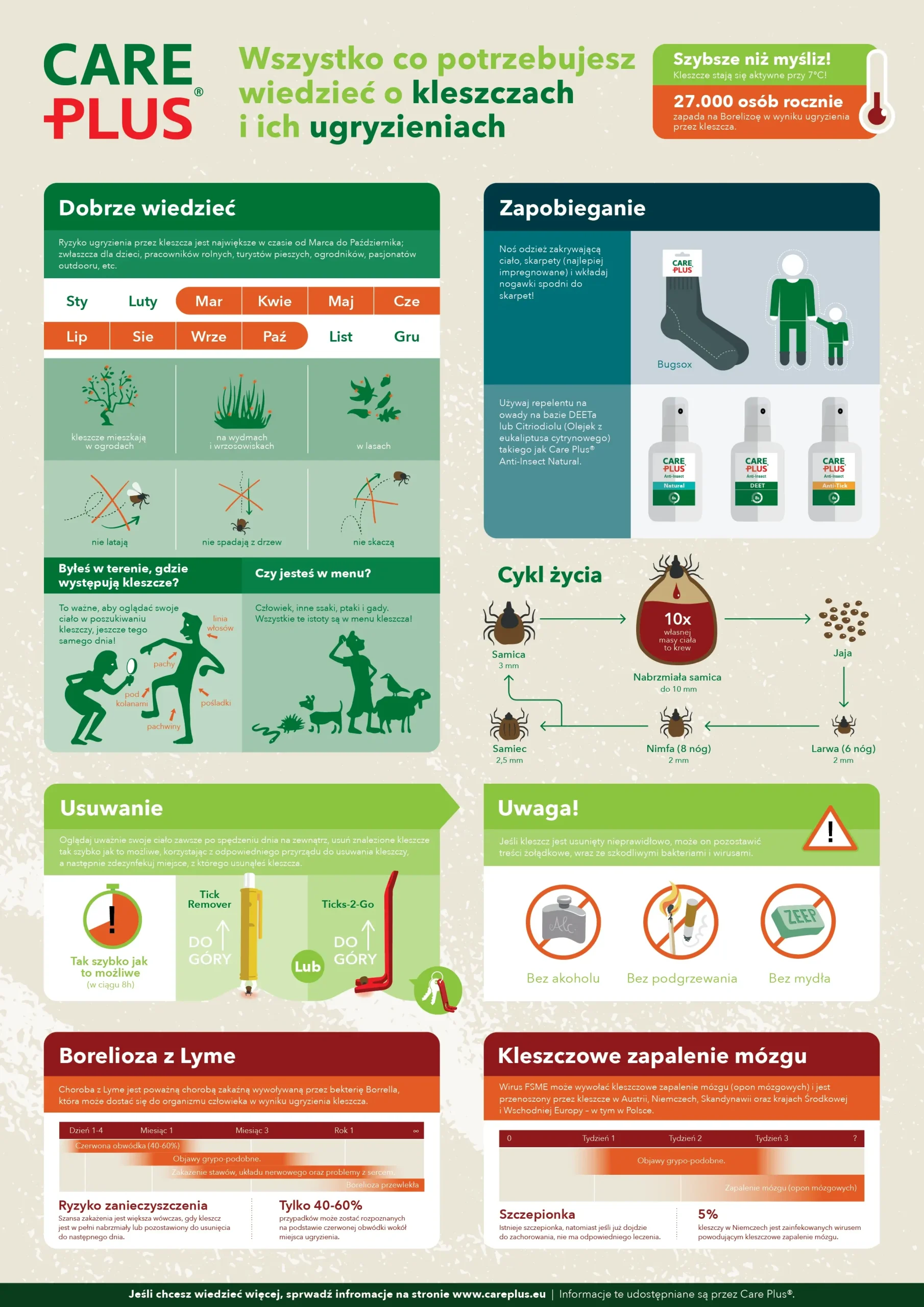
Lyme disease
Lyme disease is an infectious disease caused by Borrelia Burgdorferi bacteria (spirochaete). It is transmitted by the sheep tick, the tick that occurs in most of Europe, Asia and the United States. Lyme disease is a nasty disease because the symptoms resemble other diseases and can have severe long-term effects. If you have any of the following symptoms following a tick bite, consult your doctor immediately.
The symptoms
Sometime after the tick bite, you can get flu-like symptoms, such as headache, stiff neck, fever, muscle ache and fatigue. These symptoms can disappear by themselves. When the Lyme bacteria spreads (disseminates) through the body, you can get several or combined symptoms. After which the symptoms usually persist and can develop into neurological, dermatological, cardiological, ophthalmological and psychiatric symptoms. Lyme disease is a multi-system disease, so you never suffer from one symptom, but from a combination of several.
The development of Lyme disease can be divided into 3 stages:
- local skin infection
- disseminated infection early on
- chronic Lyme-Borreliosis
The local skin infection does not occur in every patient, although treatment is most successful in that stage. There is no clear standard for diagnosing Lyme.
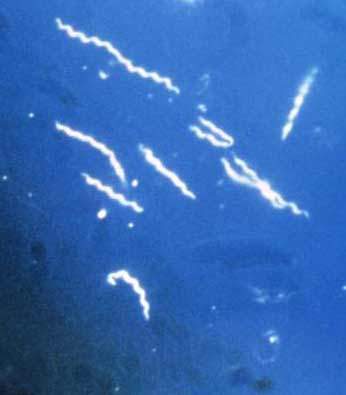
Borrelia Burgdorferi bacterie (spirocheet)

